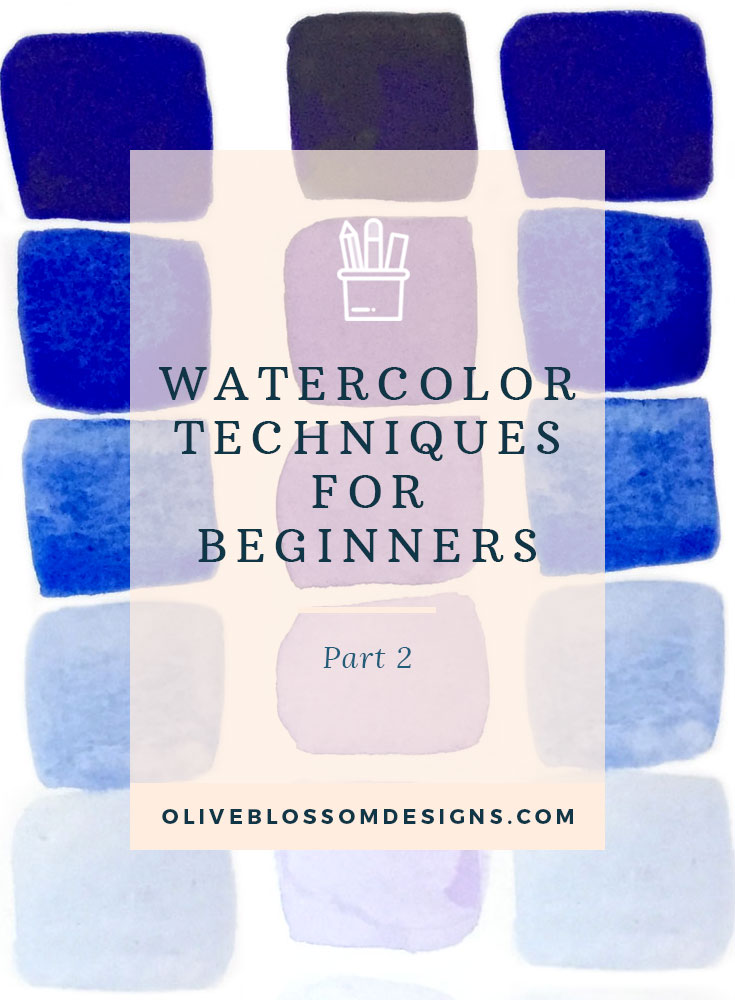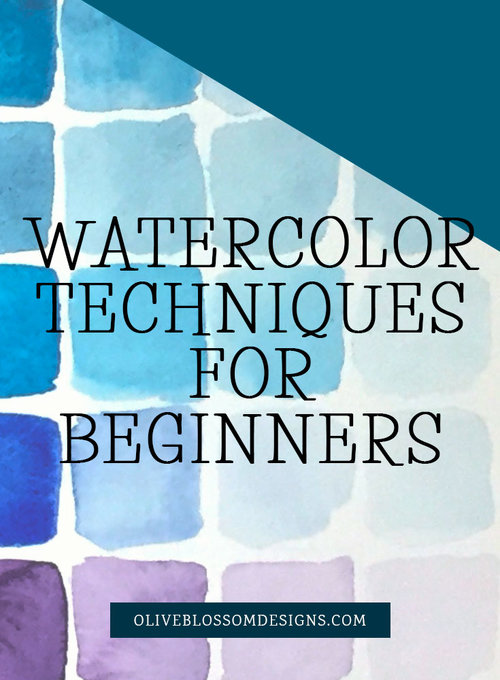Simple Watercolor Guide For Beginners: Part 2 - Techniques
This post builds on from Simple Watercolor Guide For Beginners - Supplies
Techniques
Before jumping into the fancy effects of watercolor, it is important to learn some foundational techniques.
Having a solid understanding of the watercolor medium and its characteristics will help you decided how to tackle a painting to get the desired effects.
The techniques covered are:
Testing Colors
Making a Color Chart
Glazes
Gradients
Value
Flat Washes
Bleeding
Control
Testing Colors
When getting a new watercolor set, it's always fun, not to mention a good idea, to sample the colors on paper. This gives you an accurate sample of what the colors look like in use.
I usually paint out a sample of colors at full strength and then add a bit of water to the pigment and paint out a second sample.
Test sheet from a Winsor and Newton Pan set - Sampling Paints lets you know the true color you get.
Color Charts
Creating color charts is another useful way to see what colors will look like once blended.
The color chart above is an example of the glazing technique where color is layered.
The diagonal colors are the result of the same color layered over itself.
Read more about Watercolor Glazing [HERE}
Values
Painting out a highly pigmented sample of color and then adding water to get the lightest color gives you a sample of all the different values you can achieve from any given color.
Left - Gradient (Ombré) Technique
Right- Blending Technique
Creating a gradient is also another good way to see the values.
For me, painting gradients are very challenging. It took me many trials and errors, and I needed to continue and practice.
Control
Some watercolor artists do not use white paint to get white details into their projects. These artists believe that it is better to use the white of the paper and use different ways to keep the watercolor off from the area they want to keep white.
Masking fluid, masking tape, or wax are some things that can protect the paper from getting paint on unwanted areas. There are times, though, when watercolor seeps under, so the best and most effective way is to control the paint yourself.
This practice, or technique, requires a very steady hand. It requires painting as close to one painted area without touching it with the other color.
I prefer this control technique as I have had trouble with masking fluid and painter's tape. It either doesn't seal properly, and paint gets under it and ruins the white, OR it tears my paper, both of which are equally as frustrating.
The above techniques are basic building blocks.
The next post will cover all the unique and interesting effects created with 6 Simple Watercolor Texture Techniques!
FUN stuff!















